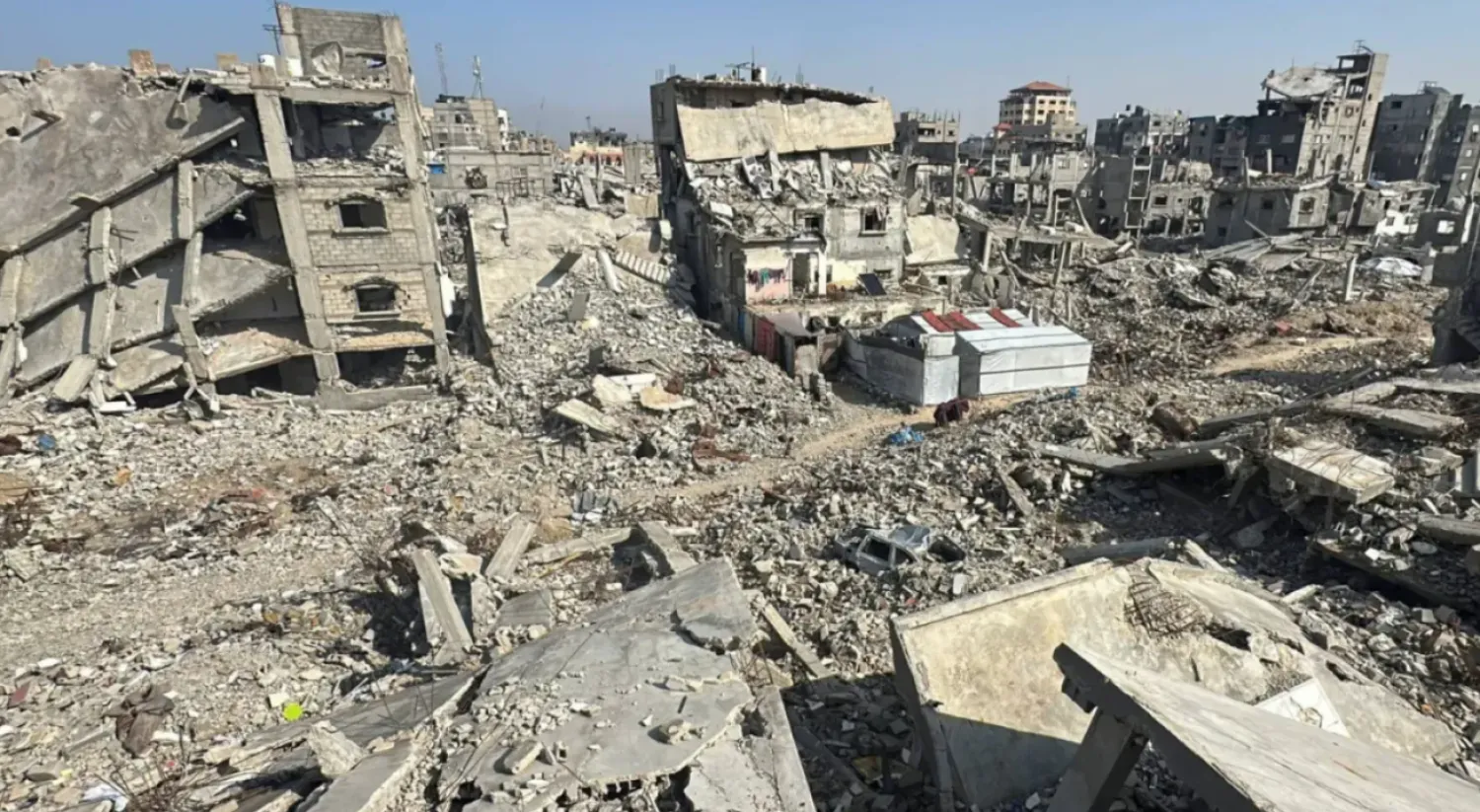Iraqi Prime Minister Mohammed Shia al-Sudani and US Defense Secretary Pete Hegseth held lengthy telephone talks on Sunday to discuss regional developments as Washington pursues its “maximum pressure” policy against Iran.
This was the third telephone call between Sudani and an American official in a month. He had held talks with Secretary of State Marco Rubio on February 25 and with National Security Adviser Mike Waltz two days ago.
His talks with Hegseth coincided with the US carrying out airstrikes against the Iran-backed Houthi militias in Yemen over the weekend.
US President Donald Trump on Monday explicitly linked the actions of the Houthis to their main benefactor, Iran, warning Tehran would “suffer the consequences” for further attacks by the militants.
In a statement, Sudani’s media office said he discussed with Hegseth security developments in the region, especially the military operations in Yemen and “concerning” situation in Syria. They also reviewed the strategic partnership between Iraq and the US and their joint interest to achieve regional stability and security.
“Hegseth reviewed developments related to military operations in Yemen, noting that the United States will continue its operations unless Houthi attacks on US forces and their impact on navigation in the Red Sea cease. He emphasized that Washington does not seek escalation and that military operations will stop immediately once these attacks cease,” said the statement.
For his part, Sudani stated: “De-escalation and dialogue are the most effective paths to resolving crises in a region as sensitive and vital as the Middle East. He stressed that this approach represents Iraq’s consistent position in addressing regional challenges, and Iraq will continue to act based on this principle.”
Both sides underscored the importance of continued security cooperation within the Global Coalition to Defeat ISIS and discussed regional security developments.
Sudani reiterated Iraq’s “commitment to protecting Coalition advisors, who are present in the country at the invitation of the Iraqi government to support efforts in combating ISIS. He also emphasized Iraq’s dedication to ensuring that the use of force remains exclusively within the state’s authority and to boosting internal stability.”
Additionally, they reaffirmed “their shared commitment to preventing the resurgence of terrorist threats and extremist ideologies, including ISIS, and strengthening ongoing counterterrorism efforts to support regional security.”
The talks addressed “recent successes in targeting and eliminating senior ISIS leaders, with both sides stressing the importance of maintaining a strong and coordinated counterterrorism approach to prevent the organization from rebuilding its capabilities.”
Sudani and Hegseth also tackled regional security dynamics, “particularly the concerning situation in Syria. Both sides expressed their determination to prevent ISIS in Syria from posing any threat, especially as the group has acquired new weapons and is reorganizing its ranks, which necessitates a collective international response to prevent any new escalation that could threaten stability.”
They underlined their commitment to regional stability, with Hegseth reiterating the United States’ long-term commitment to supporting Iraq’s security and stability.
Last week, the head of ISIS in Iraq and Syria was killed in Iraq in an operation by members of the Iraqi national intelligence service along with US-led coalition forces.
Iraqi observers said the operation helped ease concerns about how the new American administration was going to approach Iraq and the pro-Iran Coordination Framework given its “maximum pressure” policy towards Tehran.
An Iraqi politician noted to Asharq Al-Awsat the debates that had taken place over whether the US would adopt a hard line against Iraq given its ties to Iran.
Speaking on condition of anonymity, he added that the Trump administration is aware of the complex and close relations between the two neighbors.
However, by coordinating with Sudani, it is making a distinction between Iraq and Iran while being aware that some of its actions against Tehran will impact Baghdad, he remarked.
He stressed that the American administration “does not want to meddle in Iraqi affairs and is not concerned with speculation that it has sided with one party against the other.”
Rather, it wants to keep Iraq clear of any repercussions of its policies while also studying whether it can play a major role in the region, he went on to say.
On reports that Hegseth had strongly warned Sudani against the armed factions in Iraq retaliating to the US strikes on the Houthis, the politcian said his telephone talks with the PM were positive.
Iraq and the US are in agreement on several issues, so there is no need for such warnings, he told Asharq Al-Awsat.








![A Royal Jordanian Air Force F-16 Fighting Falcon fighter jet flies over an airbase in northern Jordan on May 29, 2014, during the Eager Lion exercise. [US Air Force website]](https://static.srpcdigital.com/styles/1037xauto/public/2025-12/1312627_0.png.webp)
